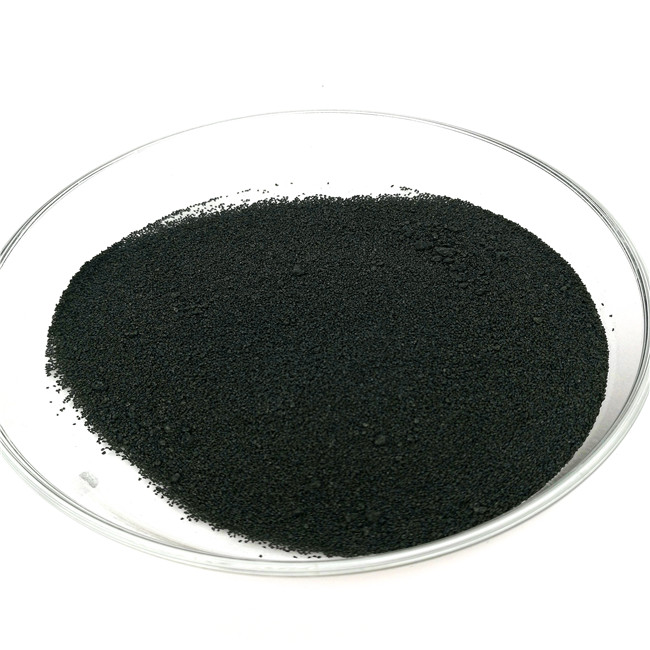Surface modification of graphite anode materials

Graphite is the first negative electrode material for lithium-ion batteries to be commercially applied. After three decades of development, graphite is still the most reliable and widely used negative electrode material.
Graphite has a good layered structure, with carbon atoms arranged in a hexagonal shape and extending in a two-dimensional direction. As a negative electrode material for lithium-ion batteries, graphite has high selectivity for electrolytes, poor high current charge and discharge performance, and during the first charge and discharge process, solvated lithium ions will be inserted into the graphite interlayers, reduced and decomposed to produce new substances, causing volume expansion, which can directly lead to the collapse of the graphite layer and deteriorate the cycle performance of the electrode. Therefore, it is necessary to modify graphite to improve its reversible specific capacity, improve the quality of the SEI film, increase the compatibility of graphite with the electrolyte, and improve its cycle performance. At present, the surface modification of graphite negative electrodes is mainly divided into mechanical ball milling, surface oxidation and halogenation treatment, surface coating, element doping and other means.
Mechanical ball milling method
Mechanical ball milling method is to change the structure and morphology of the graphite negative electrode surface by physical means to increase the surface area and contact area, thereby improving the storage and release efficiency of lithium ions.
1. Reduce particle size: Mechanical ball milling can significantly reduce the particle size of graphite particles, so that the graphite negative electrode material has a larger specific surface area. Smaller particle size is conducive to the rapid diffusion of lithium ions and improves the rate performance of the battery.
2. Introduce new phases: During the ball milling process, graphite particles may undergo phase changes due to mechanical forces, such as the introduction of new phases such as rhombohedral phases.
3. Increase porosity: Ball milling will also produce a large number of micropores and defects on the surface of graphite particles. These pore structures can serve as fast channels for lithium ions, improving the diffusion rate of lithium ions and the charge and discharge efficiency of the battery.
4. Improve conductivity: Although mechanical ball milling itself does not directly change the conductivity of graphite, by reducing the particle size and introducing a pore structure, the contact between the graphite negative electrode and the electrolyte can be more sufficient, thereby improving the conductivity and electrochemical performance of the battery.
Surface oxidation and halogenation treatment
Oxidation and halogenation treatment can improve the interfacial chemical properties of graphite negative electrode materials.
1. Surface oxidation
Surface oxidation usually includes gas phase oxidation and liquid phase oxidation.
2. Surface halogenation
Through halogenation treatment, a C-F structure is formed on the surface of natural graphite, which can enhance the structural stability of graphite and prevent the graphite flakes from falling off during the cycle.
Surface coating
The surface coating modification of graphite negative electrode materials mainly includes carbon material coating, metal or non-metal and its oxide coating, and polymer coating. The purpose of improving the reversible specific capacity, first coulomb efficiency, cycle performance and high current charge and discharge performance of the electrode is achieved through surface coating.
1. Carbon material coating
A layer of amorphous carbon is coated on the outer layer of graphite to make a C/C composite material with a “core-shell” structure, so that the amorphous carbon contacts the solvent, avoids direct contact between the solvent and the graphite, and prevents the graphite layer exfoliation caused by the co-embedding of the solvent molecules.
2. Metal or non-metal and their oxide coating
Metal and its oxide coating is mainly achieved by depositing a layer of metal or metal oxide on the surface of graphite. Coating metal can increase the diffusion coefficient of lithium ions in the material and improve the rate performance of the electrode.
Non-metal oxide coating such as Al2O3, amorphous Al2O3 coating the graphite surface can improve the wettability of the electrolyte, reduce the diffusion resistance of lithium ions, and effectively inhibit the growth of lithium dendrites, thereby improving the electrochemical properties of graphite materials.
3. Polymer coating
Inorganic oxides or metal coatings are brittle, difficult to coat evenly, and easily damaged. Studies have shown that graphite coated with organic acid salts containing carbon-carbon double bonds is more effective in improving electrochemical performance.
